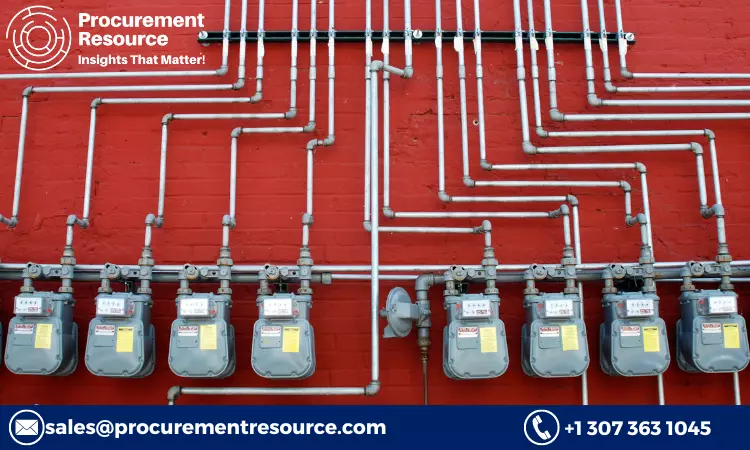Natural Gas prices slide following U.S. inventory data

The inventory report from July 13th shows that on July 7th, natural gas injections were at 49 billion cubic feet (Bcf), slightly below the expected +51 Bcf. Moreover, between June 30th and July 7th, the natural gas storage increased from 2877 Bcf to 2930 Bcf due to the extremely hot weather. This is a significant increase of 569 Bcf compared to last year's period.
Request Access For the Latest Price Trends of Natural Gas
The increase in the temperature has lacerated the demand for natural gas, owing to which the injection storage has been measuring higher (signifying the slashed demand). Hence, the prices owing to inventory hike proportions the lesser prices for natural gas in recent times.
Throughout the summer months, natural gas futures in the United States have been on a steady rise, though still below last year's levels. Since April, there has been a rise in futures prices of over 20 percent, climbing from USD 1.946 per million British thermal units (mmBtu) to a high of USD 2.878 by the end of June. As of July 13th, prices have dipped by about 2 percent to hover around USD 2.579, erasing any gains that were made in the previous week. This follows a decline of 7.72 percent during the previous week, breaking a four-week winning streak.
Cooling Demand to the Rescue
Contrary to the bearish heat conditions, the United States, owing to an intensely hot temperatures, has witnessed the demand for the LNG for cooling purposes. Moreover, natural gas accounts for nearly 40 percent of energy generation in the country and is, therefore, in high demand. This should soften the chances of bearish moves occurring over the short term. This increasing demand is expected to ease the chances of the declining price of natural gas occurring over the short term.
Read More About Natural Gas Production Cost Reports - Get Free Sample Copy in PDF
In the meantime, the extreme heat is also affecting certain parts of southern Europe, as well as Germany, with temperatures rising close to record highs in some parts of Italy over the weekend. This has led to an increase in cooling needs and, in turn, a rise in demand for liquefied natural gas (LNG) from the United States due to the scarcity of Russian gas supply. Despite the higher cost, this shift could potentially drive natural gas prices upward and attract buyers to the market. It is important to note, however, that short-term price action may exhibit some back-and-forth movement before a clear direction becomes apparent.
According to Procurement Resource, in recent times, the USA and European countries have experienced intense heat waves, causing a plunge in demand for natural gas, thus nudging the prices southwards. However, the requirement for the power cooling systems has helped withholding the LNG prices to a stable position.. However, there was a slight decline in the price on July 13th, and this short-term decrease might soften due to increased demand for the cooling needs.




